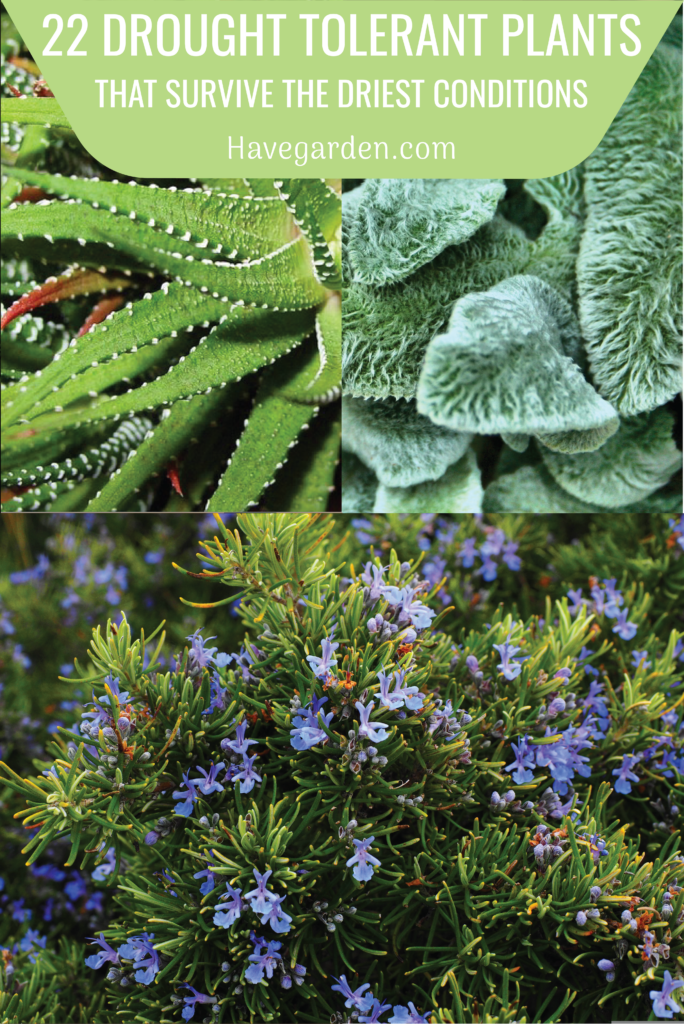In the realm of gardening, the pursuit of vibrant greenery amidst dry, arid conditions can feel like an uphill battle. However, with the resilience of drought-tolerant plants by your side, transforming your garden into an oasis of life and color becomes not only achievable but also immensely rewarding. In this guide, we’ll explore 13 scientifically acclaimed species renowned for their ability to thrive in drought-stricken environments, showcasing their unique characteristics and the invaluable role they play in arid landscapes.
Lavender (Lavandula spp.)
As a dedicated advocate for sustainable gardening practices, I can’t overstate the importance of incorporating drought-tolerant plants like Lavandula spp. into your landscape design. Lavender, with its aromatic foliage and delicate purple blooms, stands as a beacon of resilience in the face of water scarcity.

By embracing this drought-tolerant plant, you not only conserve precious resources but also create a haven for pollinators and beneficial insects.
Sedum (Stonecrop)
No discussion of drought-tolerant plants would be complete without acknowledging the remarkable adaptability of Sedum spp. Known colloquially as stonecrop, these succulent perennials are champions of water conservation, storing moisture in their fleshy leaves to endure extended dry spells with ease.
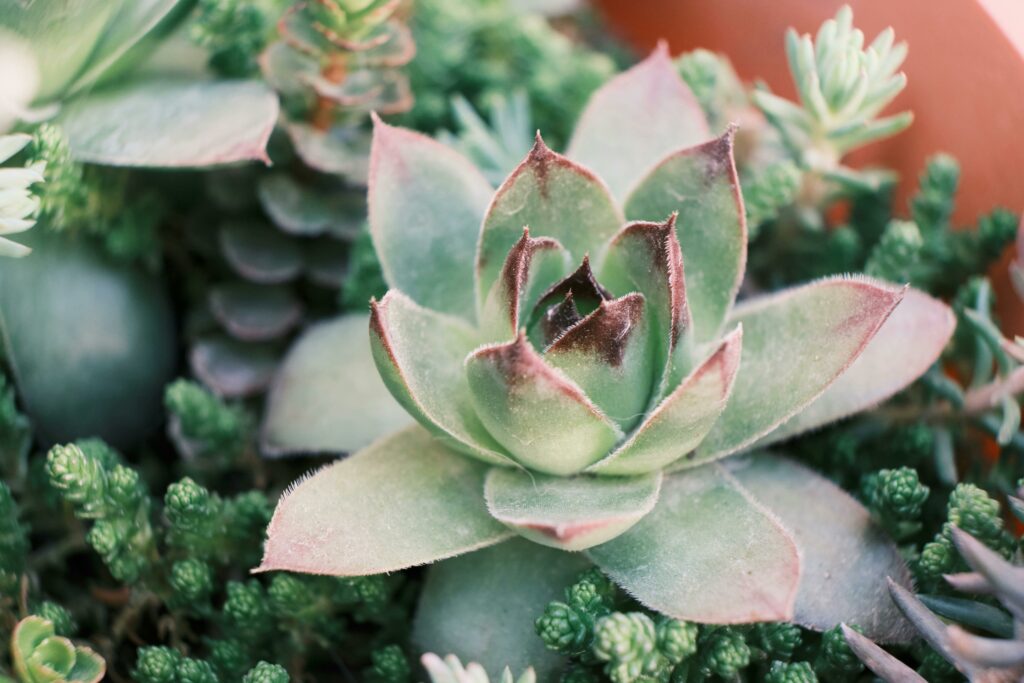
Incorporating Sedum into your garden not only adds visual interest but also contributes to the overall sustainability of your landscape design.
Agave
Enter Agave, the epitome of resilience in arid environments. With its striking rosette form and formidable spines, Agave spp. exemplify the concept of a drought-tolerant plant, thriving in conditions that would challenge less-adapted species.

By embracing Agave in your garden, you not only enhance its aesthetic appeal but also reduce your reliance on supplemental irrigation, fostering a more sustainable outdoor space.
Yucca
In the realm of xeriscaping, Yucca spp. reign supreme as symbols of resilience and endurance. These hardy perennials, with their sword-like leaves and towering flower spikes, exemplify the essence of a drought-tolerant plant, thriving in sun-baked landscapes with minimal water input.
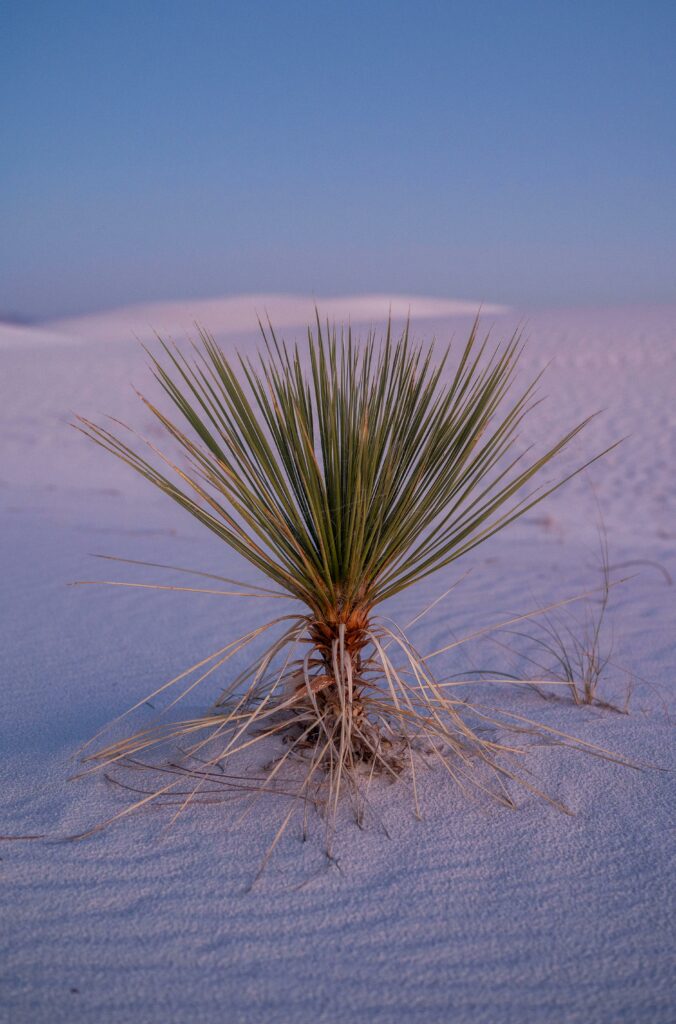
By incorporating Yucca into your garden design, you not only create visual drama but also contribute to the conservation of water resources.
Rosemary (Rosmarinus officinalis)
No list of drought-tolerant plants would be complete without paying homage to the culinary and ornamental prowess of Rosemary. As a staunch advocate for sustainable gardening practices, I’ve witnessed firsthand the transformative power of Rosmarinus officinalis in arid landscapes.

With its fragrant foliage and resilience to water scarcity, Rosemary stands as a testament to the adaptability of drought-tolerant plants in the face of environmental challenges.
Cactus
Ah, the humble cactus – a paragon of drought tolerance in the plant kingdom. With their water-storing tissues and spiny exteriors, cacti defy the odds in arid environments, thriving where other species falter.
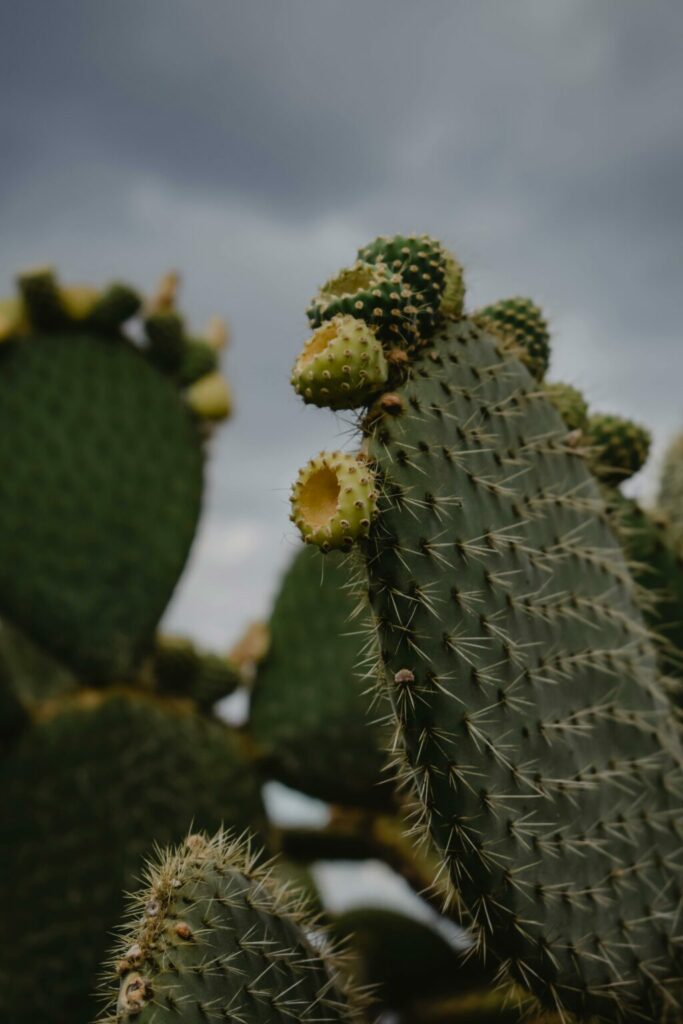
As a fervent supporter of water-wise gardening, I can attest to the invaluable role that cacti play in sustainable landscape design, serving as beacons of resilience and resource efficiency.
Euphorbia
In the pursuit of sustainable gardening practices, Euphorbia spp. emerge as unsung heroes of arid landscapes. With their diverse forms and adaptive capabilities, euphorbias exemplify the essence of a drought-tolerant plant, thriving in conditions that would challenge less-adapted species.
By incorporating euphorbias into your garden, you not only enhance its visual appeal but also contribute to the conservation of water resources.
Russian Sage (Perovskia atriplicifolia)
As a passionate advocate for water-wise gardening, I’ve come to appreciate the resilience and beauty of Russian Sage. With its ethereal blue flowers and drought-tolerant nature, Perovskia atriplicifolia embodies the principles of sustainable landscape design, thriving in arid environments with minimal water input.
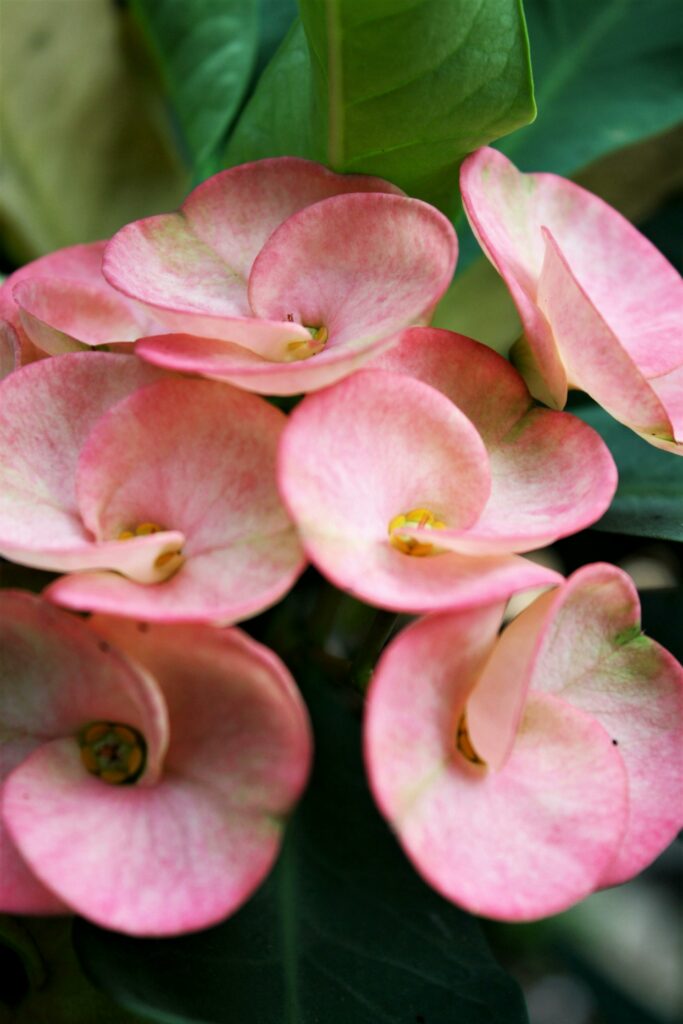
By embracing Russian Sage in your garden, you not only create visual interest but also contribute to the preservation of water resources for future generations.
Lantana
Lantana spp., with their vibrant blooms and drought-tolerant nature, are veritable champions of sustainable gardening. As a fervent supporter of water-wise landscape design, I’ve witnessed the transformative power of lantanas in arid environments, attracting pollinators and beneficial insects while conserving precious water resources.

By incorporating lantanas into your garden, you not only enhance its aesthetic appeal but also contribute to the resilience of local ecosystems.
Artemisia
Artemisia spp., with their silvery foliage and drought-tolerant nature, are stalwart companions in the quest for sustainable gardening practices. As a passionate advocate for water-wise landscape design, I’ve observed the invaluable role that artemisias play in arid environments, providing habitat for beneficial insects and conserving precious water resources.
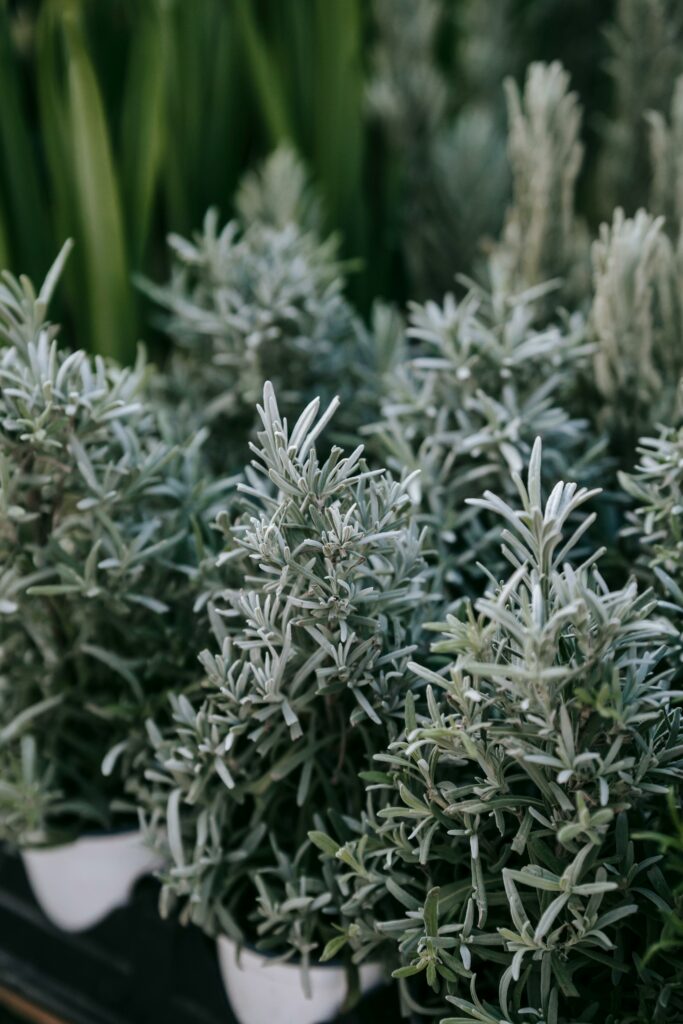
By embracing artemisias in your garden, you not only enhance its visual appeal but also contribute to the resilience of local ecosystems.
Lamb’s Ear (Stachys byzantina)
Lamb’s Ear, with its velvety foliage and drought-tolerant nature, is a beloved addition to water-wise gardens. As a proponent of sustainable landscape design, I’ve experienced firsthand the joy of incorporating Stachys byzantina into arid landscapes, where it thrives with minimal water input.
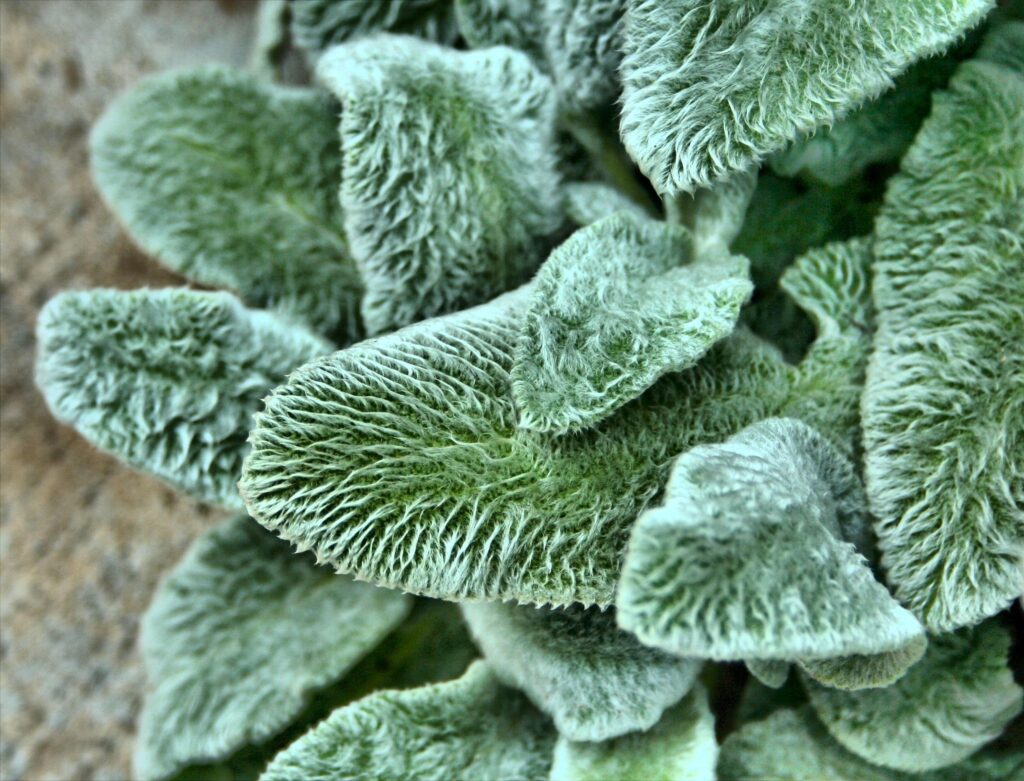
By embracing Lamb’s Ear in your garden, you not only add texture and visual interest but also contribute to the conservation of water resources.
Butterfly Weed (Asclepias tuberosa)
Butterfly Weed, with its vibrant orange blooms and drought-tolerant nature, is a beacon of hope in water-wise gardens. As a fervent supporter of sustainable landscape design, I’ve witnessed the transformative power of Asclepias tuberosa in arid environments, attracting pollinators and beneficial insects while conserving precious water resources.
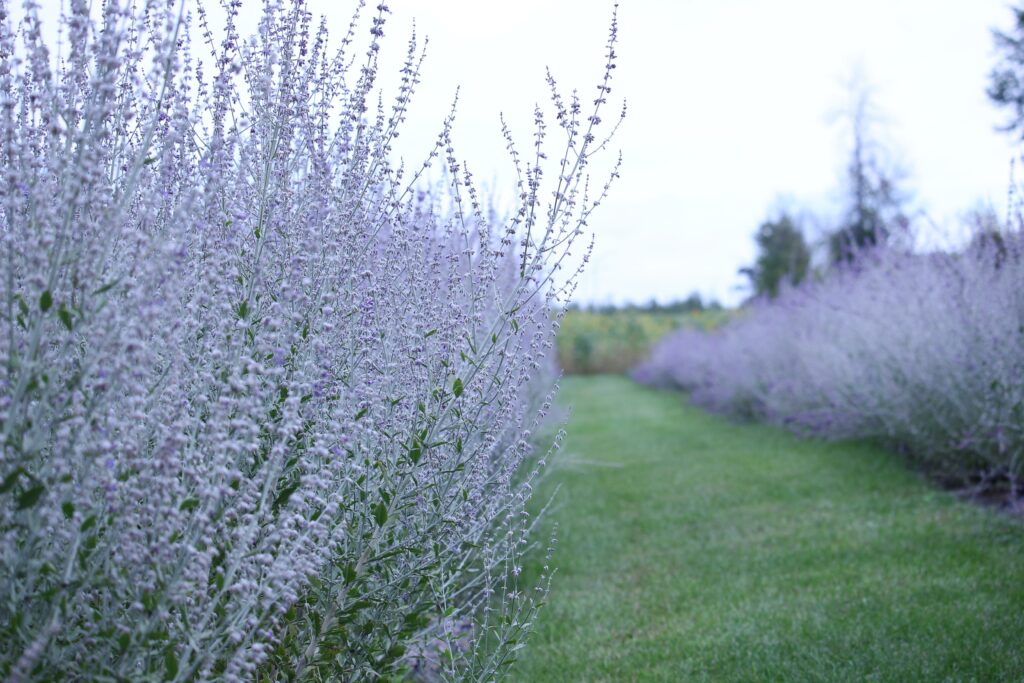
By incorporating Butterfly Weed into your garden, you not only enhance its visual appeal but also contribute to the resilience of local ecosystems.
Yarrow (Achillea millefolium)
Yarrow, with its delicate flowers and drought-tolerant nature, is a versatile addition to water-wise gardens. As a proponent of sustainable gardening practices, I’ve seen the profound impact of Achillea millefolium in arid landscapes, where it thrives with minimal water input.
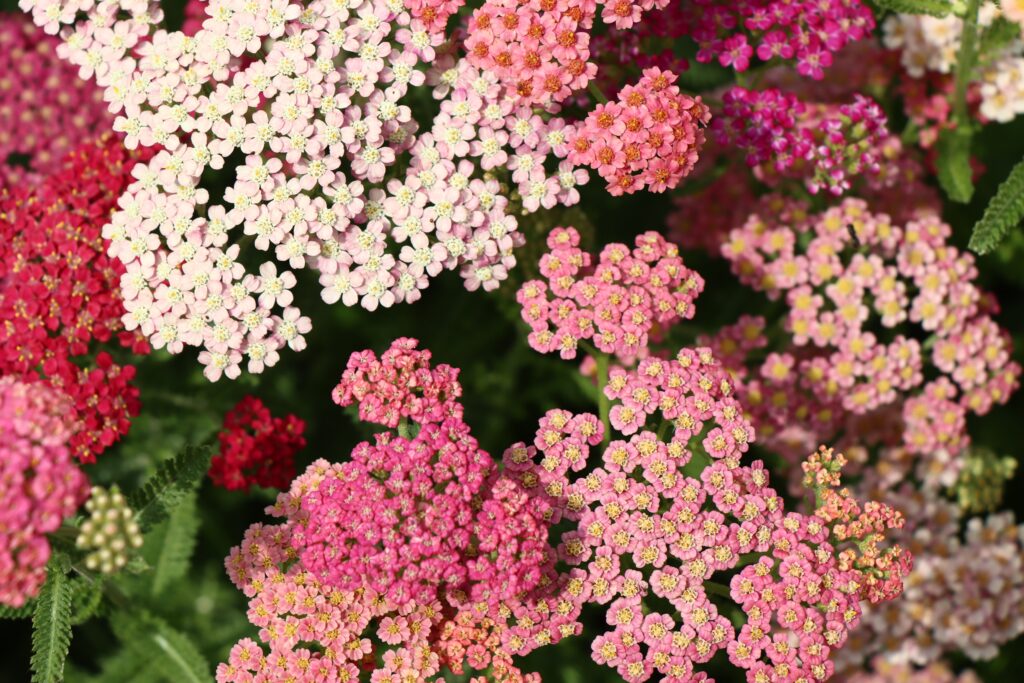
By embracing Yarrow in your garden, you not only add beauty and charm but also contribute to the conservation of water resources for future generations.
In conclusion, the incorporation of drought-tolerant plants into your garden is not just a matter of aesthetics it’s a commitment to sustainability and environmental stewardship. By embracing species like Lavandula spp., Sedum spp., Agave spp., and their counterparts, you not only create visually stunning landscapes but also contribute to the conservation of water resources for future generations. So, let us celebrate the resilience and adaptability of drought-tolerant plants and pave the way for a more sustainable future.
